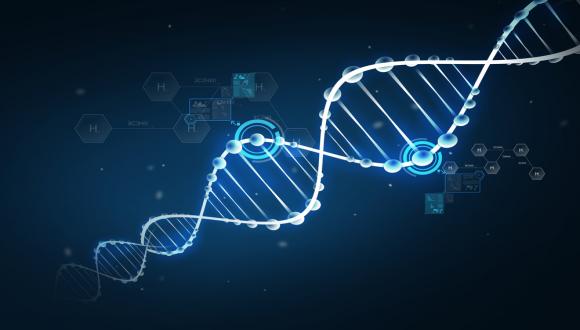Hydrogen as water information carrier
Electrically induced forces are playing a key role in biological systems, matching known theories of field-charge and field-dipole interactions. However, the specific interactions of induced and very low electromagnetic fields naturally present at the environment on living systems are not yet fully understood. The theory that in living systems have a certain coherent longitudinal electric modes are strongly excited, and stabilized by deformations arising from nonlinear effects was first subjected in the late sixties (Fröhlich, 1968). The sense of smell in that context is a great example of a biological sensor that can detect and diagnose an enormous number of airborne compounds. Odor vibrational theories trying to explain the elusive effects that cannot be explained by molecular structure alone.
Support to the existent of vibrational mode in living organisms at room temperature was recently published, using a large literature review Geesink (2016) shows that considering the effects of electromagnetic radiation on in vitro and in vivo life systems. Hydrogen as the basic element has a key role for both biological and water structure, its ability to mediated from water to matter is important link between living matter, water, and waves was not yet specified. The main objective is to quantify the induced electromagnetic field and the vibrational modes in water and hydrogen, in particular, its function in transferring odor information and the effect on olfactory as a biological sensor.



